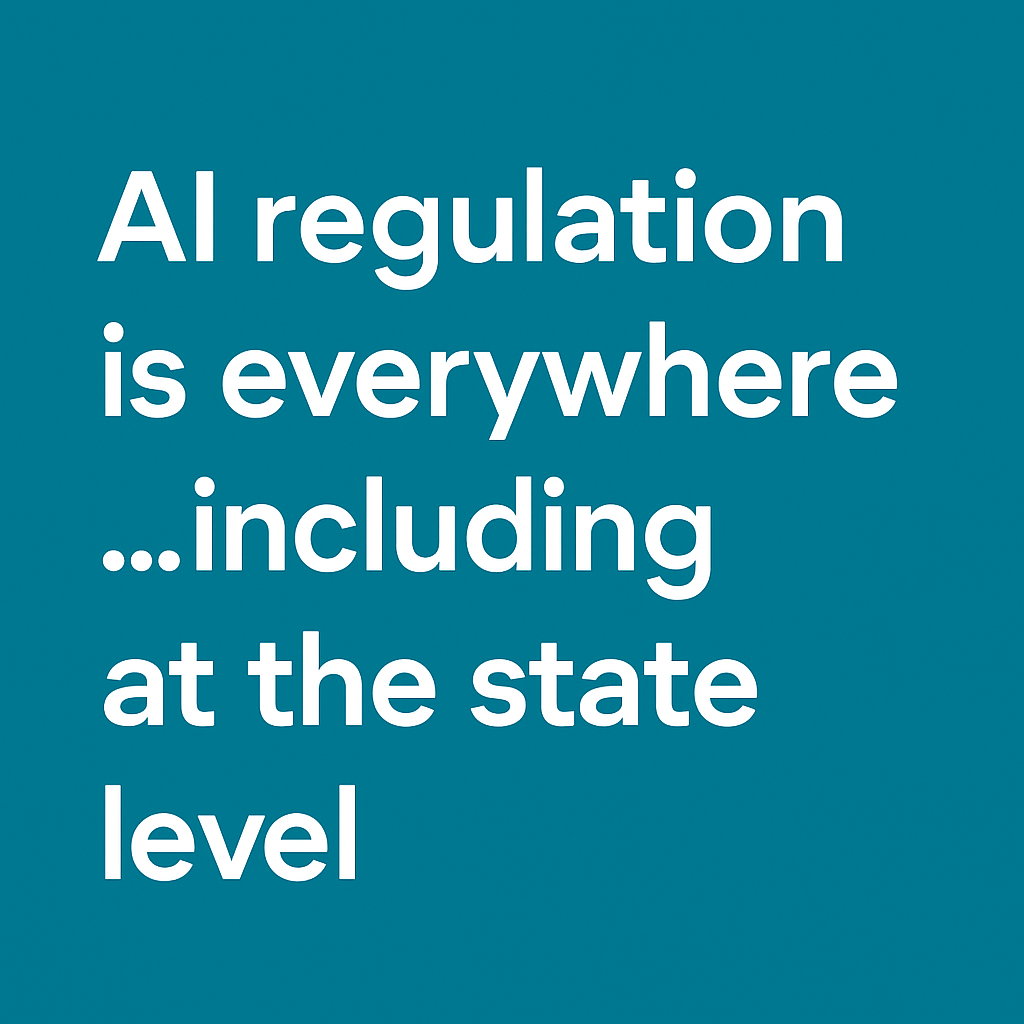In many ways compliance officers’ responsibilities have become more challenging as the result of technology. Whether it’s trying to adequately ensure records are kept, trying to limit communications to approved channels, or navigating the evolving landscape of advertising in the age of social media, the challenges seem to be growing. Now, the open question for many compliance officers is whether large language models (LLMs) will make their jobs easier or harder. LLMs have the potential to revolutionize compliance processes and reviews, but they also present a set of unique challenges. Given the wide scope of activities that many compliance officers must address, including the Bank Secrecy Act, Securities Act of 1933, Securities Exchange Act of 1934, FINRA Rules, and Gramm-Leach-Bliley Act, among potential others depending on the institution, the hope is that LLMs can augment existing policies and procedures and lighten compliance officers’ burdens. In this article, I will explore the potential benefits LLMs can offer and also address some concerns surrounding their implementation.
Potential benefits
- Data analysis and adaptability: LLMs can efficiently analyze vast amounts of data in real-time, allowing compliance officers to identify suspicious patterns or anomalies more effectively. Further, machine learning algorithms can continuously learn and adapt, improving accuracy over time and reducing false positives.
- Automation: LLMs can automate time-consuming and repetitive tasks, freeing up compliance officers to focus on higher-value activities. This automation can streamline the compliance process, reduce human errors, and enhance overall operational efficiency.
- Surveillance: LLMs can assist in monitoring and surveillance activities. By analyzing communication patterns, market data, advertising, and other internal data, LLMs could help detect potential instances of market manipulation, insider trading, or other fraudulent activities.
White paper | Considering AI solutions for your business? Ask the right questions.
Challenges and concerns
While AI offers numerous benefits, its implementation in the compliance field is not without challenges and concerns. The following are some key issues that financial compliance officers and institutions must address:
- Lack of transparency: LLMs often operate as black boxes, making it difficult to understand the reasoning behind their suggestions. This lack of transparency raises concerns about accountability and potential bias in compliance decisions. Any use should be properly tested to ensure biases are minimized.
- Data quality and privacy: LLMs systems rely on data quality and availability. Compliance officers must ensure that the data used is accurate, reliable, and compliant with privacy regulations, such as the General Data Protection Regulation or the California Consumer Privacy Act, for example.
- Regulatory challenges: The rapid evolution of LLMs poses challenges in keeping up with the changing regulatory landscape. Compliance officers must ensure that any utilized LLMs adhere to the applicable regulations, such as data protection, copyright concerns, ethical AI guidelines, or requirements to disclose the use of AI tools. And, as new regulations are issued, the LLMs might need to be retrained to comply.
- Human oversight: While LLMs can potentially automate or augment human completion of compliance tasks, human oversight remains crucial. Compliance officers must strike a balance between leveraging LLMs’ capabilities and retaining human judgment to make ethical and context-specific decisions.
Conclusion
Compliance officers face an increasingly complex and ever-changing regulatory landscape. LLMs potentially hold great promise in helping to streamline compliance processes, enhance efficiency, and mitigate risks. However, the implementation of any LLM in compliance comes with its own set of challenges, including transparency, data quality, regulatory compliance, and the need for human oversight. By addressing these issues proactively, financial institutions can harness the full potential of LLMs while maintaining robust and ethical compliance programs.
Are you considering AI solutions for your business? Make sure to ask the right questions.
The opinions provided are those of the author and not necessarily those of Fidelity Investments or its affiliates.
1095651.1.0


-1.png)




